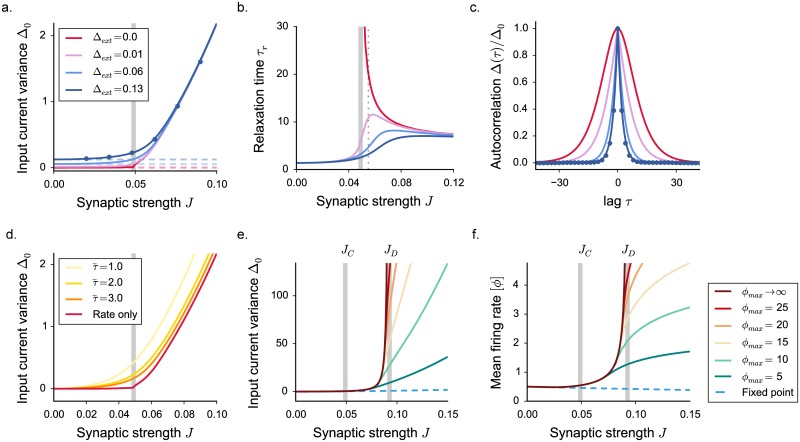Fig 4. Statistical description of the activity in excitatory-inhibitory networks with external and spiking noise.
The dynamical mean field results are shown in full lines, numerical simulations as points. a. Input current variance in presence of external noise, for increasing values of the noise amplitude (white noise, variance equal to 2Δext). Blue dots: results of numerical simulations for Δext = 0.13, N = 7500, average of 4 realizations of the synaptic matrix. The grey vertical line shows the critical coupling JC in the deterministic model. Dashed lines indicate the statistics of an effective fixed point, where the only variance is generated by the noise contribution Δext. The fixed point firing rate is computed as a Gaussian average, with the mean given by the fixed point x0 and the variance provided solely by the noise term. The deflection from the effective fixed point underlines an internal amplification of noise produced by network feedback. b. Fluctuations relaxation time, measured as the auto-correlation Δ(τ) full width at half maximum. c. Normalized auto-correlation for fixed J and different levels of noise. The corresponding coupling value is indicated by the dotted vertical gray line in panel b. d. Input variance in a network with spiking dynamics, where spikes are generated according to inhomogeneous Poisson processes. Increasing the time constant of rate dynamics (see Eq (50) in Methods) decreases the amplitude of spiking noise. e-f. Appearance of the three dynamical regimes in a network with spiking noise: input current variance and mean firing rate for different saturation values ϕmax. Choice of the parameters: g = 4.1, C = 100.

